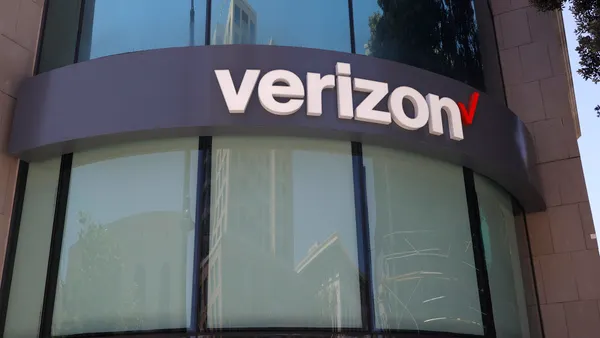Dive Brief:
- The U.S. Equal Employment Opportunity Commission (EEOC) in recent days has both finalized internal changes for its conciliation process and requested stakeholder feedback on additional proposed changes. Conciliation is part of the process EEOC uses to resolve claims under the nondiscrimination laws it enforces.
- In a Oct. 9 Notice of Proposed Rulemaking (NPRM), the commission proposed providing charge respondents: (1) a summary of the facts and non-privileged information the Commission relied on in its reasonable cause finding and the criteria identifying potential class members; (2) a summary of the Commission's legal basis for finding reasonable cause; (3) the basis for any relief sought; and (4) identification of a systemic, class, or pattern or practice designation. Respondents will have 14 calendar days to respond to the initial conciliation proposal. Stakeholders may comment until Nov. 9.
- In an Oct. 15 final rule, EEOC said it is "amending its procedural regulations to explicitly provide for digital transmissions of documents, to clarify the process for deferral to state and local agencies [and] to update no cause determination procedures."
Dive Insight:
Conciliation is a somewhat informal and confidential effort to resolve claims before the commission takes an employer to court. When the EEOC determines there is reasonable cause to believe discrimination has occurred, the agency submits its assessment to the employer, notifies the parties of its determination and the conciliation process begins.
The proposal is a "significant expansion of the agency’s current practice" that would "increase the amount of information the EEOC provides to employers during conciliation," Squire Patton Boggs Partner Laura Lawless wrote in a blog post for the firm. "By disclosing potential parties, witnesses, and the strengths and weaknesses of the facts as determined during the EEOC’s investigation, employers can better assess the risks of settling versus pursuing litigation,” she said.
Employers sometimes were frustrated with the commission's "oft-employed tactic of keeping its factual evidence close to the vest," Joseph A. Kroeger, a partner at Snell and Wilmer, wrote for the firm. The proposal means those employers "may be on the verge of receiving some welcome relief."
It remains to be seen, however, how the final rule on internal changes will affect employers, according to Hall Benefits Law, LLC. The changes stand to make the commission's process more efficient and accessible for employees, according to the firm's blog. "On one hand, a more efficient EEOC could be useful in weeding out claims that lack merit. On the other hand, EEOC efficiency could expose the business community to more sustainable claims investigated on tighter timeframes."
The Commission indicated in its NPRM that, after looking at the numbers, it decided a change in its approach to conciliation was necessary. The workplace civil rights agency said conciliation resolves less than half of the charges where a reasonable cause finding has been made; between fiscal years 2016 and 2019, only 41.23% of the EEOC's conciliations were successful — "a slight improvement over the previous four fiscal years," it said. It also estimated that only one-third of employers who receive a reasonable cause finding decline to participate in conciliation.













